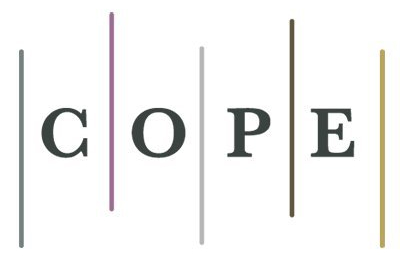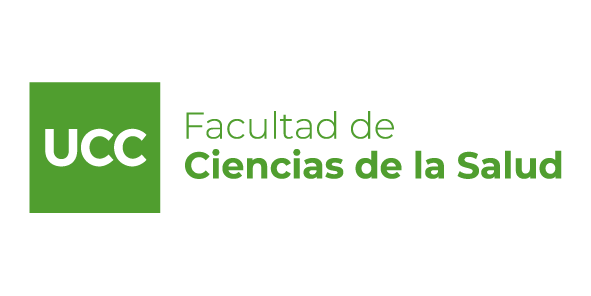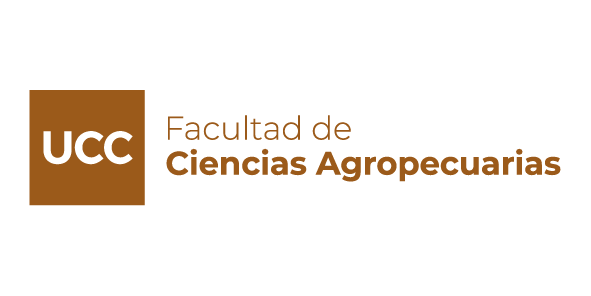Analysis of the abutment-metal core interface, made of different pattern materials
DOI:
https://doi.org/10.22529/me.2025.10(2)07Keywords:
Nucleus, Coating, RetentionAbstract
INTRODUCTION: The creation of metal cores for coronary restorations has usually been carried out following conventional technical protocols. (wax patterns) The fact that this has been considered a reliable way of proceeding has been tested with respect to the use of other materials. Typically, dentists carry out the “metal test” in the clinic on a reserve basis, with the aim of corroborating certain important clinical details. (adaptation, relationship with the prosthetic shoulder, antagonistic relationship, interproximal space, etc.)
OBJECTIVES: Compare the interface between the internal surface of the metal core, made using resin patterns (self-polymerizing) or wax (modeling) and the external surface of the abutment on dental models of refractory material. (Coating).
MATERIAL AND METHOD: For this study, veneer dental models (dies) were used with patterns made using self-polymerizing Acrylic Resin (group A1) and modeling wax (group A2). 10 resin patterns and 10 wax patterns were made. It is clarified that his work was always carried out on the same pillar (sample standardization). Subsequently, the patterns were cast and cemented on their respective pillars with a Vitreous Ionomer cement at controlled pressure, immediately afterwards they were sectioned longitudinally and the Pillar-core interface.
RESULTS: The results were compared using Student's T, obtaining the “P” value of 0.0486, that is, very close to 0.0500, which marks the statistically significant limit.
CONCLUSION: Based on the difference found in this study, it would seem that the comparison of the use of these materials would not be decisive, beyond the fact that the statistical values found show us statistically significant differences.
References
-Sandoval, S. Rehabilitación con prótesis fija. Revista Arbitrada Interdisciplinaria de Cienciasde la Salud. Salud y Vida, 3(6), 690-713. (2019) https://doi.org/10.35381/s.v.v3i6.333
-Rosenstiel, S. F., Land, M. F., & Fujimoto, J. Prótesis fija contemporánea. Elsevier Health Sciences. (2016).
-Shillingburg G. "Fundamentos en prostodoncia fija" Cap. 13. Pág. 255-256. (1990)
- Helvey GA. Retrofi tting crowns to an existing removable partial denture clasp: A simple technique. J Prosthet Dent.; 87(4):399-402. (2002). https://doi.org/10.1067/mpr.2002.122867
-Lee H, Shirakura A. A technique to fabricate a cast metal crown. J Prosthet Dent. 97(3):181-2. (2007). https://doi.org/10.1016/j.prosdent.2006.12.006
- Cogolludo, P. G., Serrano, B., & Lozano, J. F. Influencia de la técnica de colado en el ajuste marginal de restauraciones en prótesis fija. Revista internacional de prótesis estomatológica, 11(1), 17-21. (2009).
-Lee W-S, Lee D-H, Lee K-B. Evaluation of internal fit of interim crown fabricated with CAD/CAM milling and 3D printing system. The journal of advanced prosthodontics.;9(4):265-70. (2017). https://doi.org/10.4047/jap.2017.9.4.265
- Lopez Alvarez J.L "Técnica de laboratorio en prótesis fija" Madrid. Ed Privada. 1° Edición. (1997).
- Stephen Rosenthiel, Martin F. Land, Junhei Fujimoto Prótesis fija. Procedimientos clínicos y de laboratorio. 1° Edición. Cap. 6. Pág. 443-457. (2001)
-Josep Bizar Ramoneda Efecto de las variaciones térmicas durante la fusión de los colados en prótesis fija. Universitat de Barcelona Departament de Ciències Morfològiques i Odontoestomatologia, Juan Ramón Boj Quesada. Pág.128-189. (2009)
-Recow, Ed. Speidel, Tm. Erdman, Ag. "Computer-aided system to automate production of posterior dental restoriations" (abstract). J. Dent. Res. 65. 317-323. (1986)
-Morgano SM, VanBlarcom CW, Ferro KJ, Bartlett DW. The history of The Glossary of
Prosthodontic Terms. Journal of Prosthetic Dentistry.;119(3):311-2. (2018). https://doi.org/10.1016/j.prosdent.2017.10.001
- Lopez Alvarez J.L "Técnica de laboratorio en prótesis fija" Madrid. Ed Privada. 1° Edición. (1997)
- Malone W. Cavazos E. Re G. "Biomecánica de la preparación dentaria" Cap 5 Pág. 113-124. (1984)
-Hocking, RR "Methods and applications of lineal models. regression and the analysis of variance" Wiley 12-90. (1996).
-Wichnalek N. "Coronas y Puentes" Quintessence Técnica (Ed. España) Vol. 2. Num. 3. Pág. 131-143. (2001)
-Calvo E.- Casanovas "Quintessence Técnica" Vol. 2 Num. 5 Pag. 255-261. (2011)
-Tylman S. Koth, D. "Teoría y práctica en prostodoncia fija" Cap 11. Pág. 306-339. (1991)
- Lehner C. R. et al Variable reduced metal support for collarless metal ceramic crown a new model for strength evaluation.: (2007)
-Carranza FA "Periodontologia clínica de Glickman". Cap 3 Pag. 111-121 Ed. Interamericana 7a edición. (1992)
- Guzmán Báez, Humberto J. Biomateriales de uso Clínico. 2da edición. Cap. 2. Pág.49-51,126. (1986)
-Hocking, RR "Methods and applications of lineal models. regression and the analysis of variance" Wiley 12-90. (1996)
-Vega del Barrio J. "Materiales en Odontología" Ediciones Avance (Madrid) Cap 5 Pag.361- 369). (1998).
-Kenneth J. Anusavice, Ralph W. Phillips "Ciencia de los materiales dentales" Cap 11. Pág.284-292. (2002)
- Guzmán Báez, Humberto J. Biomateriales de uso Clínico. 2da edición. Cap. 2. Pág.49-51, 126. (1986)
-Stephen Rosenthiel, Martin F. Land, Junhei Fujimoto Prótesis fija. Procedimientos clínicos y
de laboratorio. 1° Edición. Cap. 6. Pág. 443-457. (2009)
-Gonzalez Cabeza J. Kaiser M. "Quintessence Técnica" Vol 2 Num. 6 pag. 393-402. (2001)
-Osborne J. "Tecnología y Materiales Dentales" Cap. 7. Pág.156-167. (2003)
-Lacy A. Bellman T. "time-dependent accuracy of elastómero impression materials" Part 1 Pág. 209-215. (1997). https://doi.org/10.1016/0022-3913(81)90342-5
- Sorbera J.A. "Elaboración de patrones de resina, para coronas metaloceramicas, realizadas sobre modelos convencionales y no convencionales. Disponible en: https://repositoriosdigitales.mincyt.gob.ar/vufind/Record/PAUCC_33fa0ce5dcc2d6b48787234f56 311719 Sociedad Odontológica de Chile 2015-12-31 Vol. 106. Numero 3 Pag 48-55 (2015)
-Sorbera J.A "Estudio comparativo sobre la adaptación de cofias metálicas para porcelana
dental, realizadas sobre modelos refractarios y no refractarios. Disponible en:
HTTP://revistaodontologica.colegiodentistas.org/index.php/revista/article/view/485/704 Vol. 9 Número 1. Pág. 21-29 (2013).
Published
How to Cite
Issue
Section
License
Copyright (c) 2025 Methodo Investigación Aplicada a las Ciencias Biológicas

This work is licensed under a Creative Commons Attribution-NonCommercial-ShareAlike 4.0 International License.




















